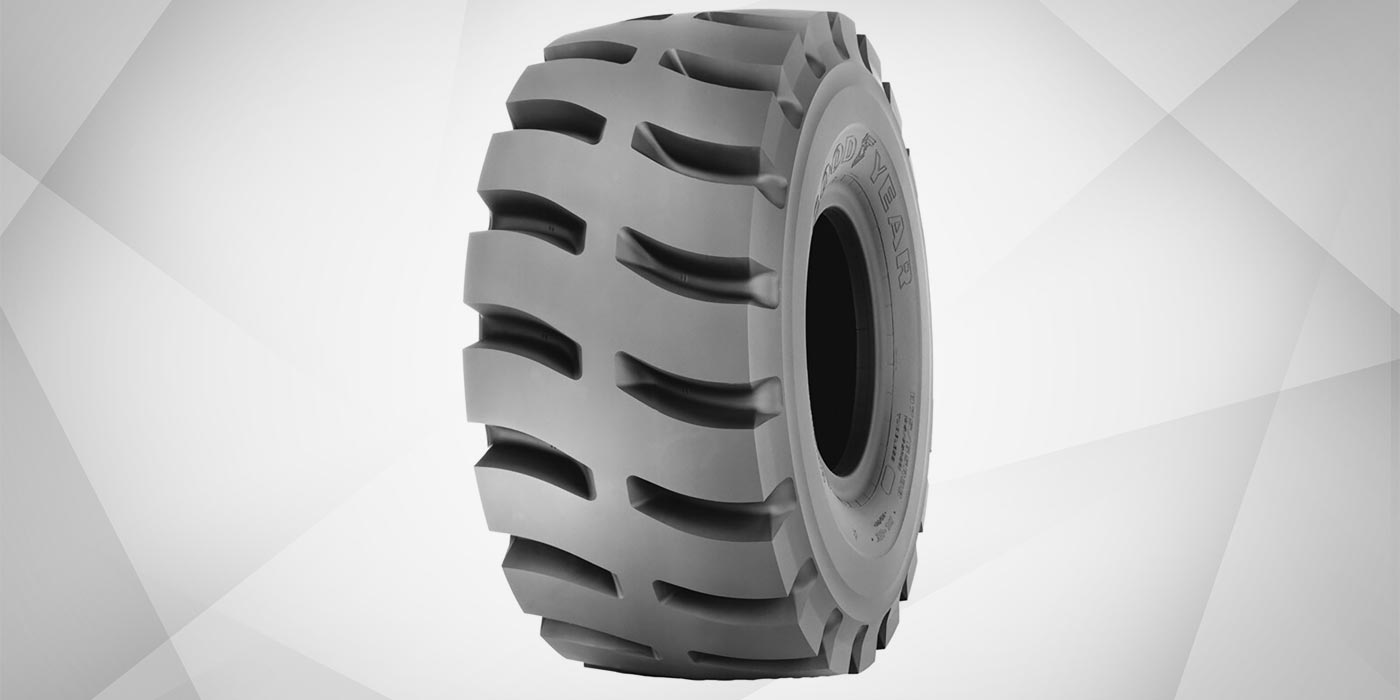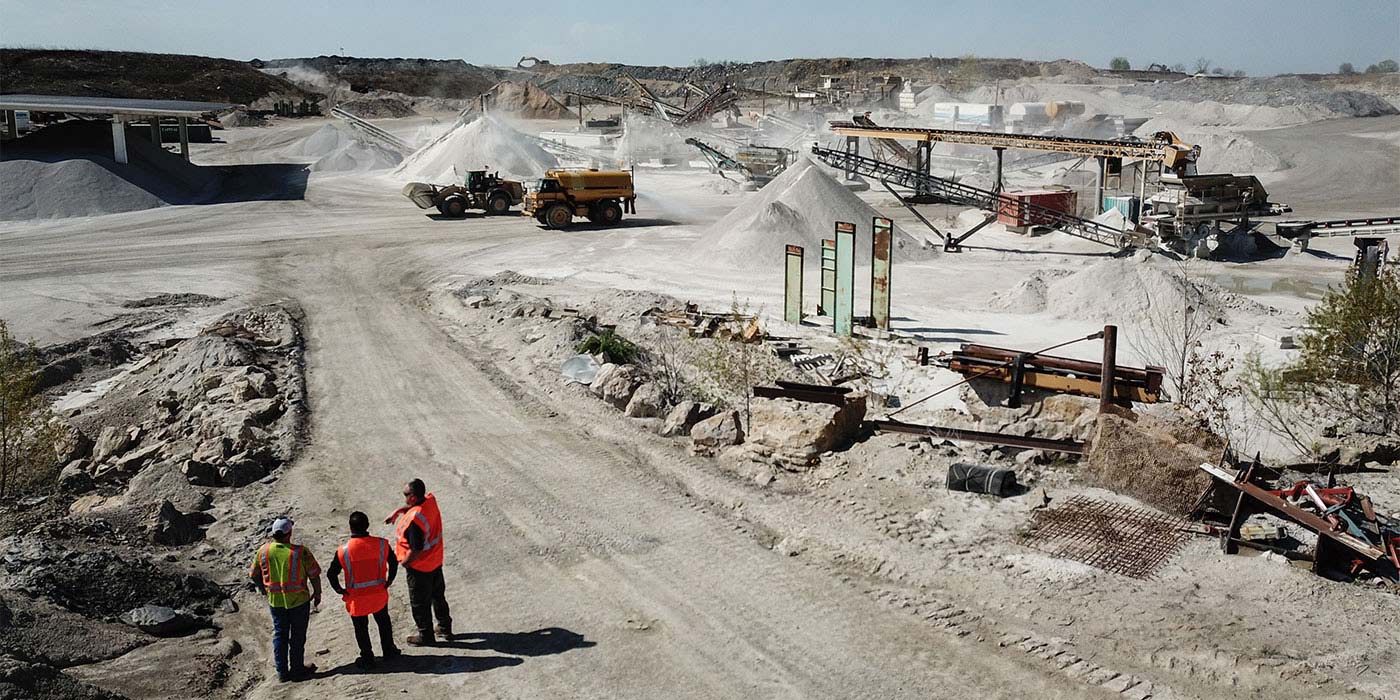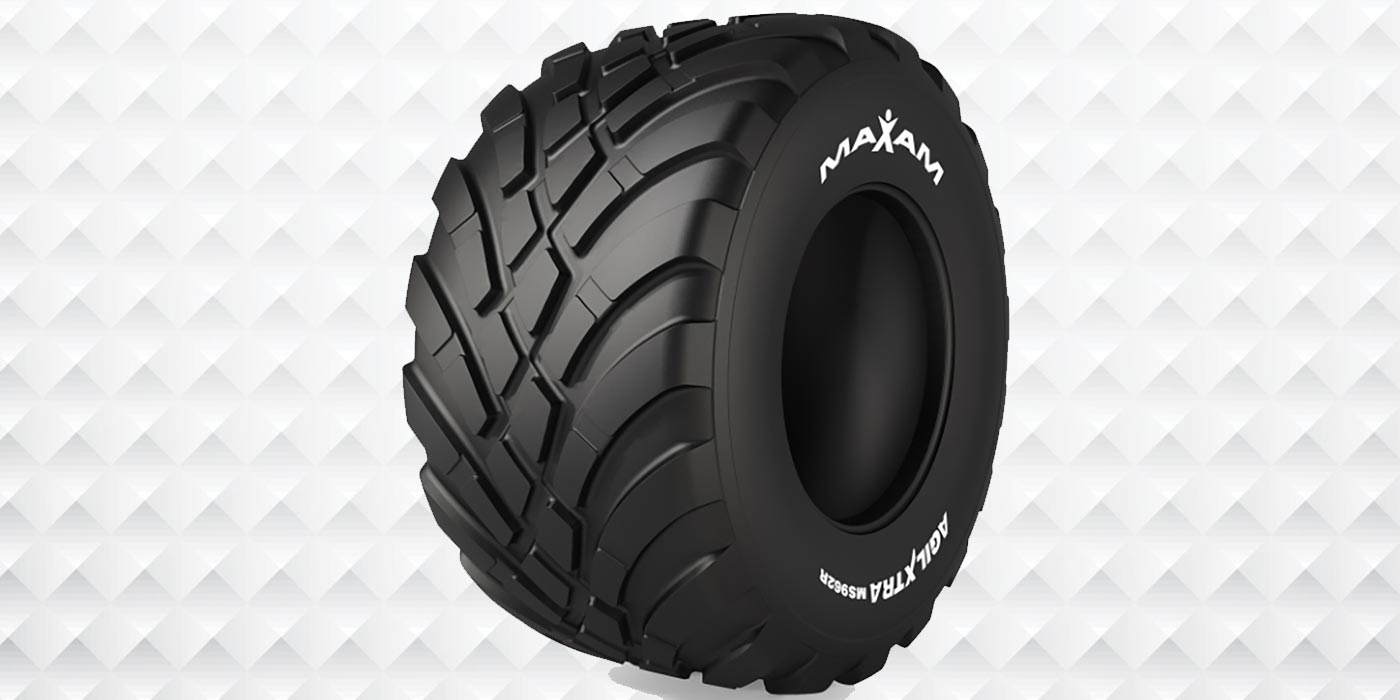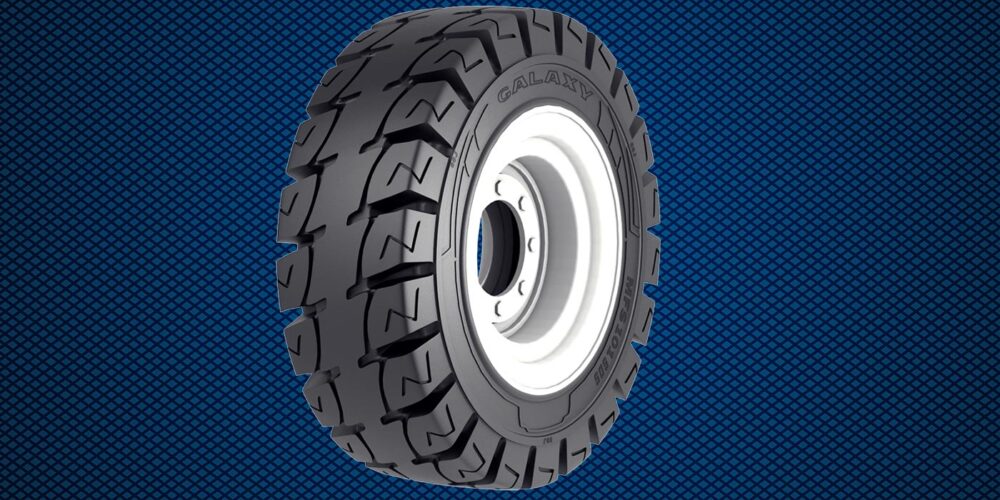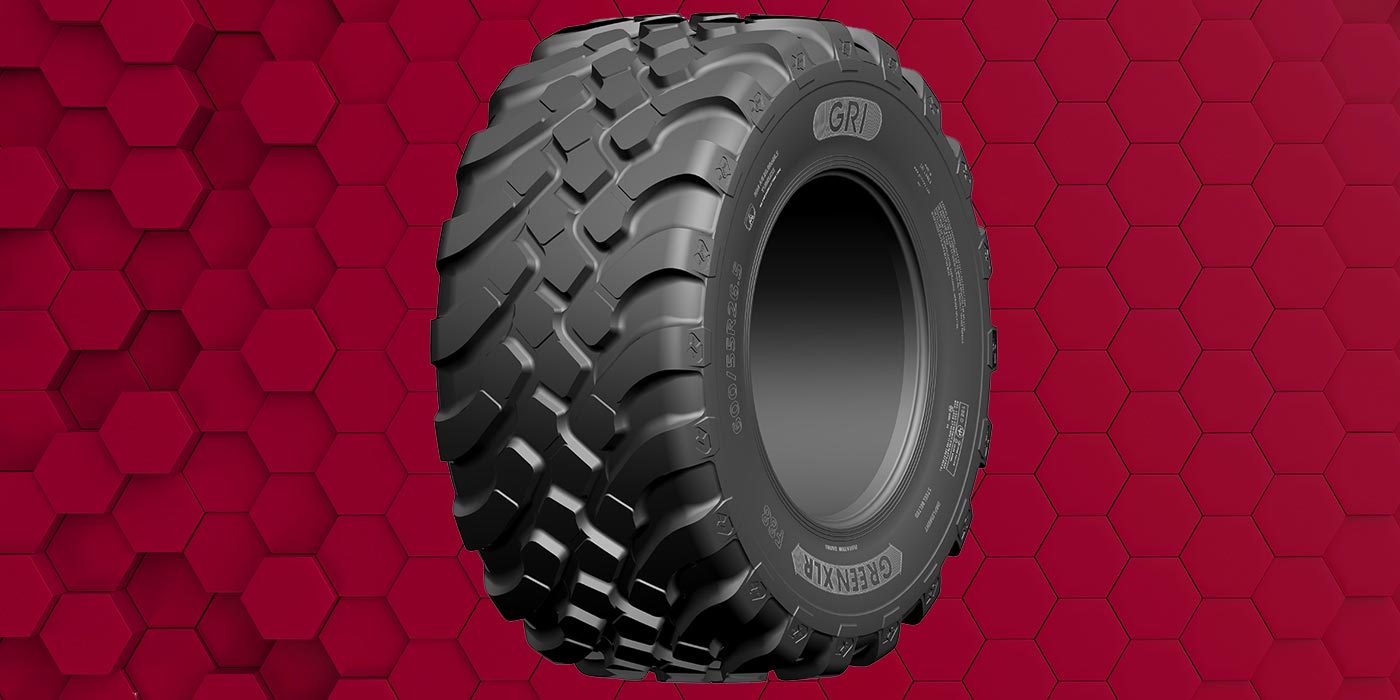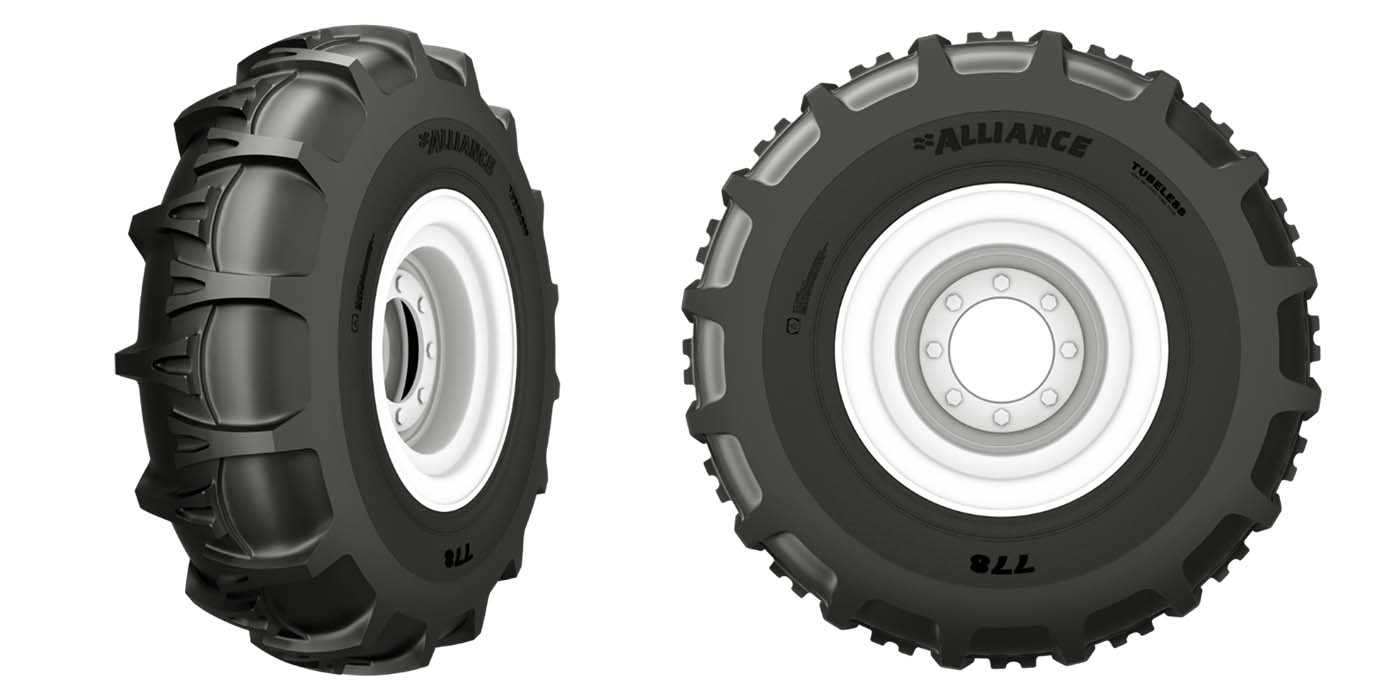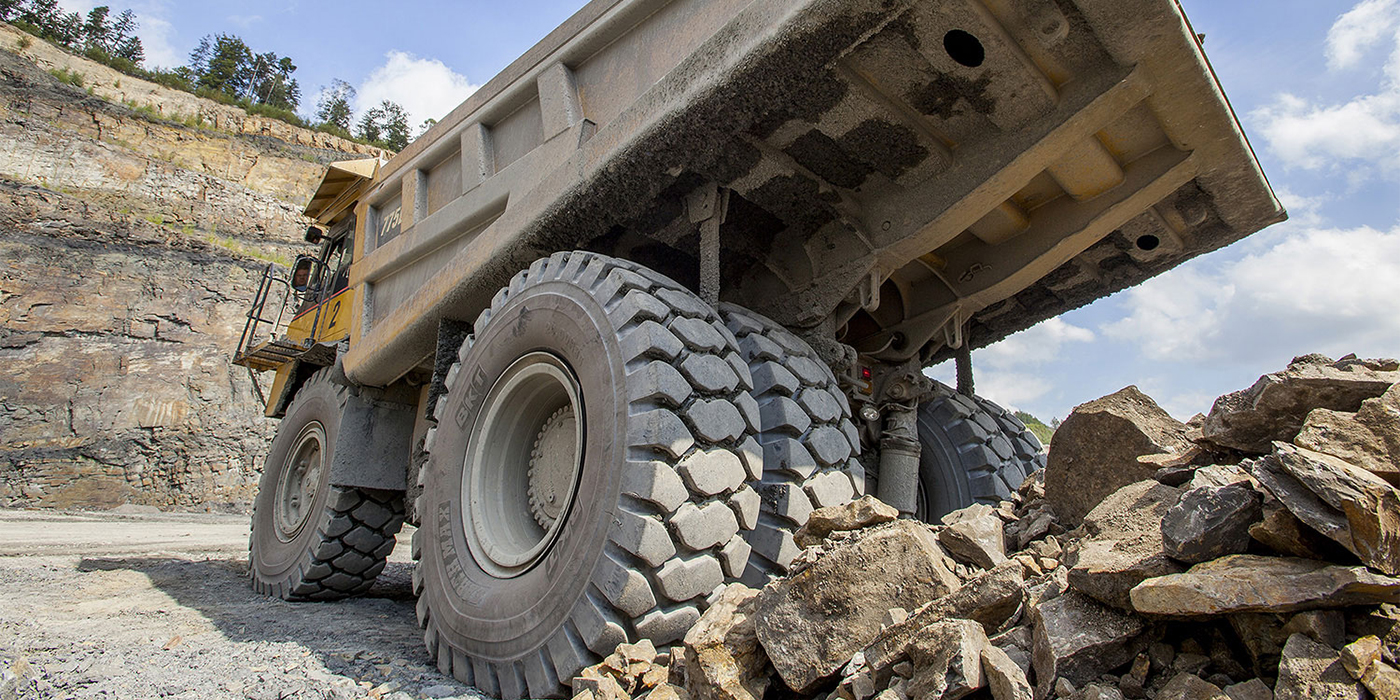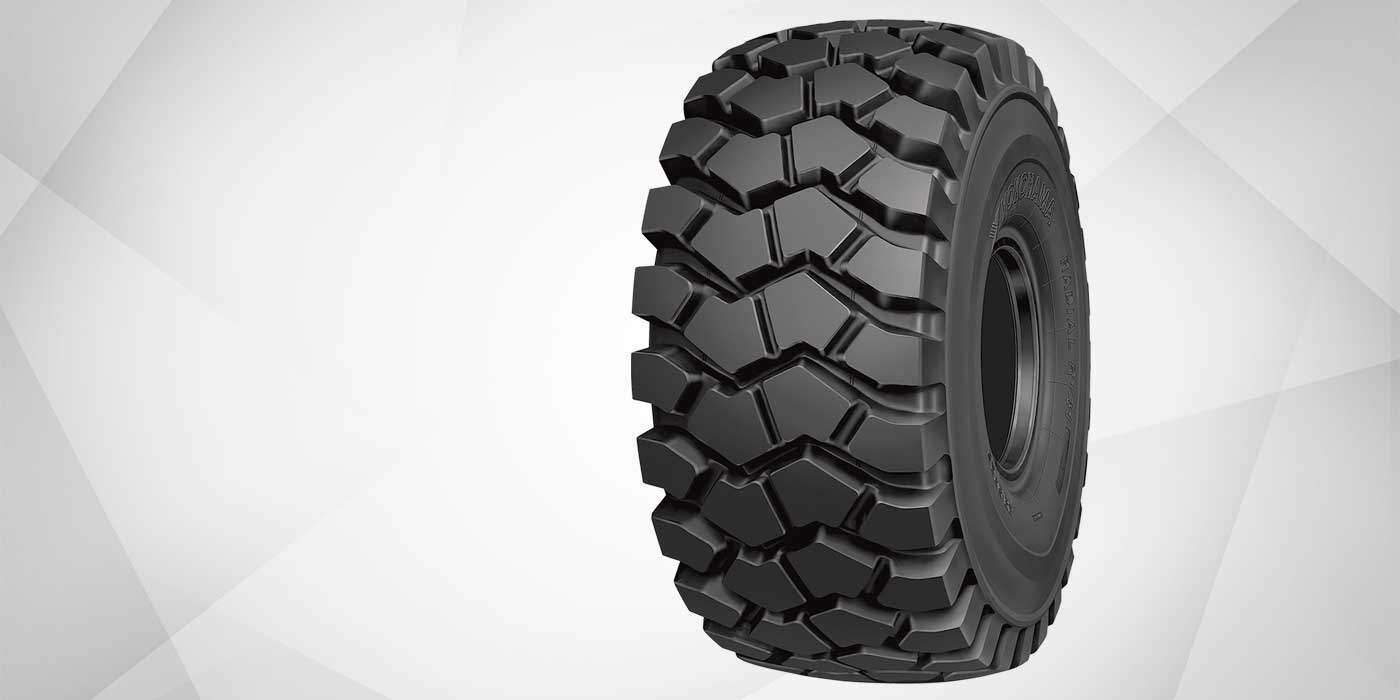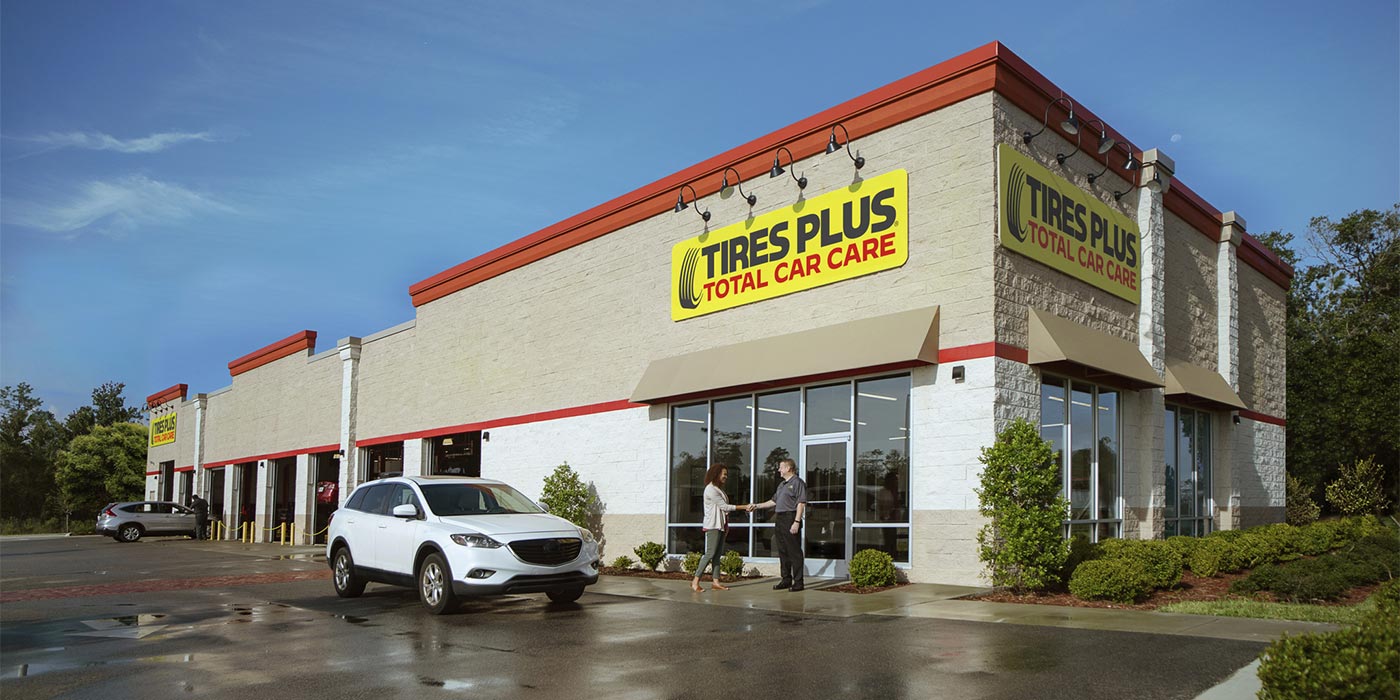There’s no doubt that farmers work long hours and place heavy demands on their equipment. This is why, when it comes to keeping ag tire customers up and running, tire dealers must stand at the ready, armed with knowledge, fast service and the right inventory.
Successful farm tire dealers and their staff are knowledgeable about the tires they sell, including how they perform in certain applications and how they deliver on key attributes such as tread wear and roadability, according to Ryan Loethen, president of CEAT Specialty Tires.
“Word-of-mouth is arguably more important in farming than any other segment,” he says. “Farmers talk to other farmers in their local community about their tire dealers and tire brands. Farming communities are close-knit.”
Blaine Cox, national product manager of agriculture and turf for Yokohama Off-Highway Tires America, says a good farm tire dealer knows that the tire sales don’t stop when the tractor starts rolling.
“Your average farmer has dozens and dozens of tires — tractors, sprayers, grain carts, semis, pick-up trucks, ATVs, etc. If it’s a livestock operation, there may also be a loader, a skid steer, a feed wagon and a manure tank,” he says. “The most successful farm tire dealers are the ones who can sell a set of R-1s for a tractor and then sell a set for the combine and put new tires on the skid steer, the grain truck, mom’s truck and junior’s car for back-to-school.”
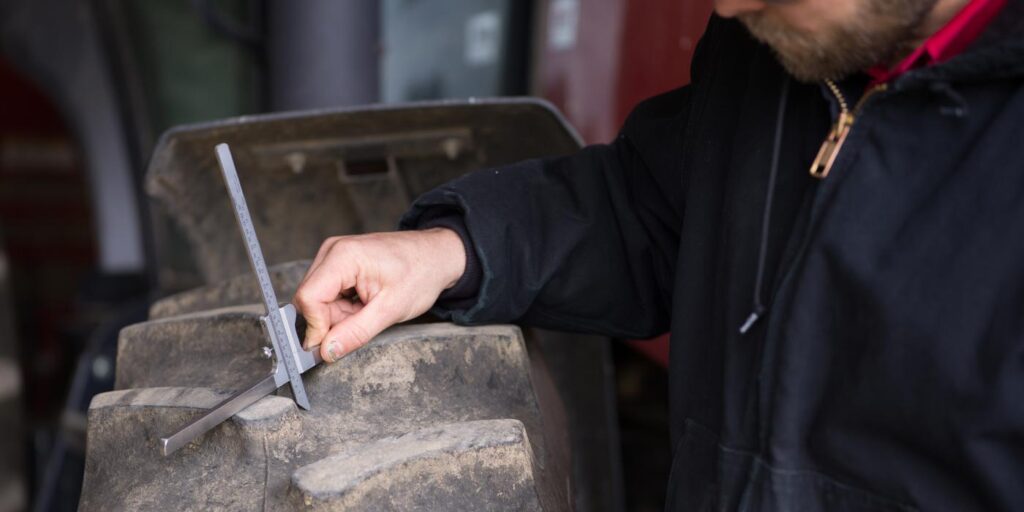
Ag tire dealers who excel in serving their customers provide valuable information and resources beyond replacement tires, according to Matt Frank, senior product brand manager for Bridgestone Americas’ Firestone Agriculture. These include:
- Updates on new developments in ag tire technology, implementation, benefits, costs and other details to help farmers make informed decisions.
- Quality, performance and pricing options for different farming applications.
- Timely support and solutions for ag tire problems.
- On-farm and in-field service.
- Recommendations for tire inspection and tire management plans.
- An understanding of how air pressure affects performance, minimizes compaction and maximizes traction.
- Ag industry knowledge that may affect a customer’s buying decision, such as economic factors.
In addition to this specialized knowledge, successful dealers must know the ins and outs of tire service and maintenance to keep their farm customers running smoothly.
Periodic Tire Inspections
Whether it’s a pre-season inspection performed by a tire dealer or a check carried out by the farmer himself, tire inspections are imperative to ensure efficiency and minimize downtime on the farm.
BKT’s Dave Paulk, manager of field technical services, says it’s a good idea to have onsite service and maintenance done in the spring before planting and in the fall before storing. In between, farmers should check tires at least once a week for correct air pressures, punctures, cracks and rocks and mud in wheels.
“Most farmers check their tires before planting season and prior to the harvest,” says Loethen. “It would be ideal if they performed regular checks throughout the year, but twice a year is more realistic for most of them.”
Frank says it can be beneficial for ag tire dealers to send reminders to customers to perform these routine checks, adding, “Reaching out to farmers to schedule their pre-season maintenance checks can help gain their trust and keep the dealership top of mind when maintenance is needed on their equipment.”
When it comes to these inspections, Frank explains that the main goal is to minimize any avoidable problems during critical field time. He recommends the following seven steps to help prevent downtime and get the most out of tires:
- Check tire pressure with a calibrated gauge and set the inflation pressure using an inflation calculator as a guide.
- Check tire sidewalls for cracks, cuts and other damage.
- Check tire treads and consider replacing if there is less than 20% left.
- Check tire tread areas for stubble damage and exposed cords, and replace tires with obvious damage.
- Check the ground contact area to make sure there is no gap between the lugs and the ground.
- Check valve stems for cracks, corrosion and debris. Make sure valve caps are clean and intact.
- Check all nuts and bolts to ensure they are tightened properly.
Regarding treadwear, Cox recommends checking to see if it’s even or if the pattern indicates a habit of running over- or under-inflated.
“A dealer can save farmers a substantial amount of money by showing them the effects of improper inflation and giving them some advice on how to help get more life out of their tires,” he says. “That may delay the sale of the next set of tires for a while, but that customer is probably going to come to you because you built up that trust.”
Cox also advises looking for stubble or debris under the rim, where the rim meets the bead, which could cause air leakage.
“If the farmer is running duals or triples, you really need to get between the tires to make sure there aren’t rocks, stubble or clumps of dried mud up in there that could cause impact damage on the inner sidewalls or get wedged in the bead,” he adds.
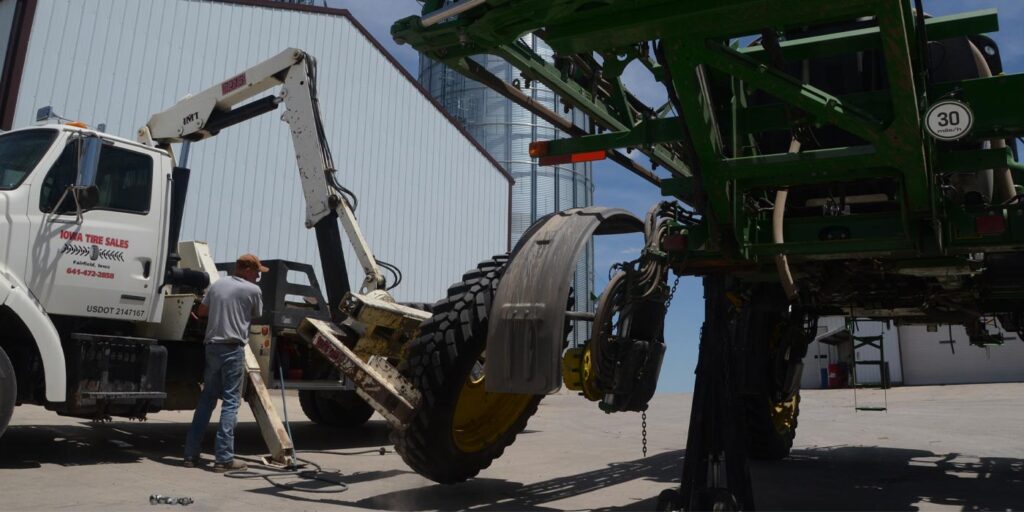
End-of-Season Maintenance
Additional maintenance procedures should be performed at the end of the season before tires and equipment will be stored for the winter.
Paulk recommends that tires be checked for cracks, cuts, bulges, or any other type of visible damage. When checking tread depth, a tire that has less than 20-25% tread left may need to be replaced sometime during the next year.
“If there is any damage or possibility for failure, this gives time to replace or repair tires before they are needed again,” he says. “It gives the farmer time to budget for new tires.”
There are several ways to measure tread depth, according to Paulk, including an OTR tread depth gauge or a straight edge with a ruler. For the latter, lay the straight edge over the top of the lugs, then measure from the base of the tire to the straight edge with the ruler. Measure as close to the center of the tire as possible.
In addition, make sure lug nuts are tightened to correct specifications and check the bolts for wheel weights to ensure they are tight.
“Make sure tires are clean before storage,” Paulk says. “Clean the mud, sticks and rocks from lugs. Remove mud from the rim and weights. In general, it is a good idea to store the equipment clean so that when it is used again, it is ready to go.”
Scott Sloan, ag product manager for Titan International, says that storage is another important aspect for end-of-season maintenance.
“Prior to storage, it’s best to block equipment off the ground to remove the load and reduce tire pressure to relieve the stress on the tire’s surface,” he explains. “The tires/equipment should be stored in a covered environment away from exposure to sunlight and sources of ozone, which can cause premature damage.”
Sources of ozone can include electric motors/machines, engine exhaust, welding equipment, battery chargers, transformers and mercury vapor lamps. In addition, storing tires next to other equipment that may produce sparks or electrical discharges should be avoided. Covering the tires with an opaque tarp will eliminate the chances of any UV light to the surface of the tires, Sloan says.
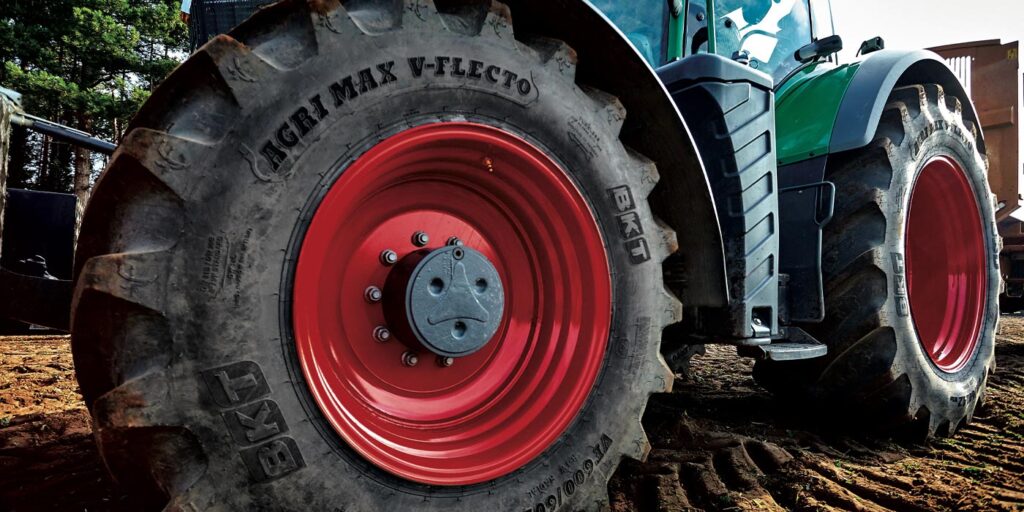
The Importance of Inflation Pressure
Running farm tires at the right inflation pressure — taking into account the type of equipment, load, soil and operation being performed — is vital to maximizing efficiency and extending the life of tires.
“A tractor tire operating outside of the specified inflation range is a problem waiting to happen — probably sooner rather than later,” Loethen says. “The farmer may have a tire not suited for his or her application, or the farmer may need to adjust the speed or load to ensure the tire is operating within these boundaries. Damage is inflicted on any tire that operates outside of these limits and will eventually lead to failure.”
According to Sloan, inflation pressure alone has the biggest impact on tire performance. He says that because inflation pressure can vary throughout the day, it is best to check in the morning before starting the machine for the most accurate measurement.
“It’s also a good idea to check the inflation pressure if the ground conditions have changed,” he adds. “All tires have different tire inflation pressures, so it’s essential to refer to the tire’s safety and maintenance manual to find the correct pressure for the load.”
Sloan explains that certain tire technologies — such as Increased Flexion (IF), Very High Flexion (VF) and Low Sidewall Technology (LSW) — can run at lower inflation pressures than standard tires, making them worth the investment. IF tires can carry the same weight as standard tires, but at up to 20% lower inflation pressures. VF tires can carry the same weight as standard tires, but at up to 40% lower inflation pressures.
“LSW tires can carry the same weight as standard tires, but at up to 40% lower inflation pressures, just like VF,” he says. “However, LSW also comes with other benefits, such as reduced road lope and power hop, thanks to the larger rim diameter.”
Cox says there are a lot of farmers who invest in VF and IF technology, but do not reap the full benefits. For example, many farmers buy tractors and combines with VF tires, but inflate those tires just like the last regular radials they had.
“They’re rolling on some amazing technology, but not taking advantage of the opportunity to reduce their inflation pressure by as much as 40%, or the chance to run at normal radial pressures while increasing their load by up to 40%,” he explains. “They’re squandering an opportunity to get more from their equipment and they’re probably going to wear out those VF tires quicker.
“That’s an opportunity for a good tire dealer to provide some helpful advice — and probably end up selling that farmer the next set of VF tires when the time comes,” Cox says.


